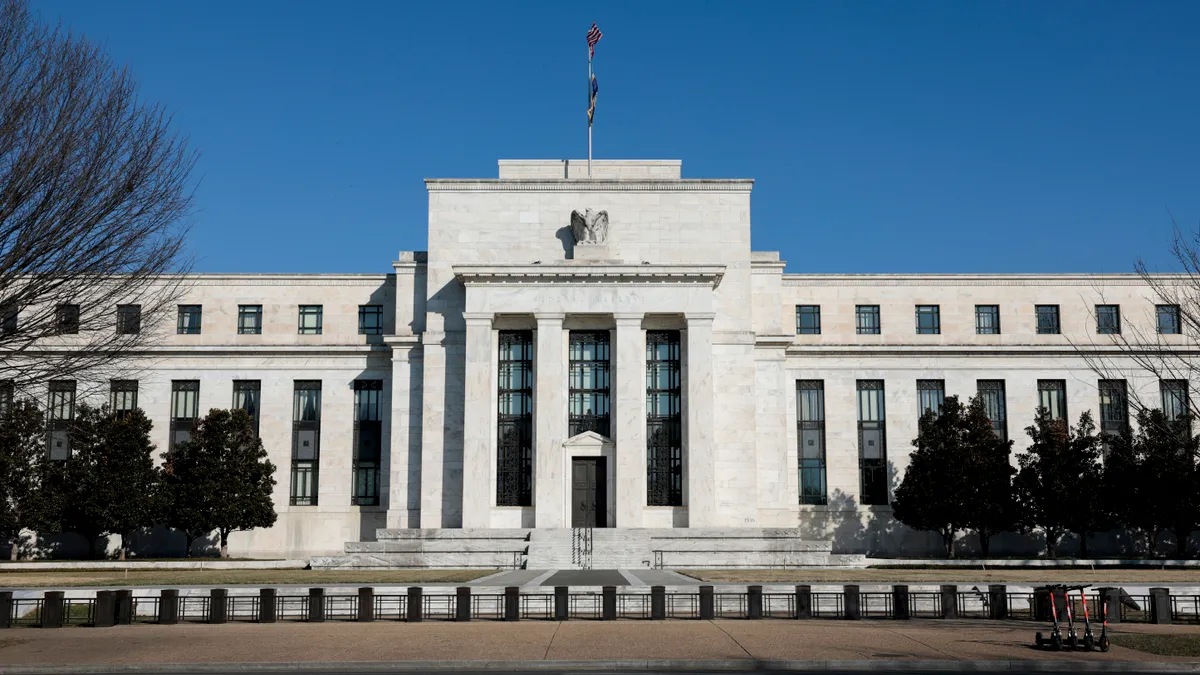Wes Bricker is vice chair, US trust solutions co-leader, at PwC. Views expressed are the author’s own.
The steady rise of interest rates has been a consistent narrative for more than a year now. With a trickle-down impact on the stability of the banking system, price levels, and the larger economic system, this continues to be at the top of executives’ agendas.
As interest rates rise, so does the cost of doing business across industries, forcing executives to monitor cash flow, diversify revenue streams, raise prices, transform business activities, and take a range of other actions to proactively manage through changing market conditions.
Historically, and as we’re witnessing now, there is a procyclical relationship with interest rates. In a rising interest rate environment, the cost of goods and services may increase, which can lead to higher prices for consumers. But the key for businesses and executives leading in this current interest rate environment is to work to make sure that the adjustments and steps taken now to confront rising rates don’t jeopardize businesses’ futures too.
Here are four key steps for business leaders to consider to stay nimble as they address rising rates and protect long-term growth:
Double down on scenario planning
Everyone in the boardroom and across the management team should assess a handful of scenarios, including those already in the pipeline and those anticipated to occur in the future. Look at how each scenario could impact the entire enterprise, from the very top of pricing power and margin to the bottom of investing and financing activities. Especially for those with multinational exposure, consider the exposure in various geographies and from supply chain to labor and everything in between.
Devise a game plan for each scenario, scoping out as much as possible and forecasting where feasible as well. With these scenarios written down and a game plan established, even if revised for volatility and other changes over time, a business is already in a better position to adjust accordingly and adapt to inflationary changes and pressures.
Review pricing power and cost structures
Take this time when rates are rising to review cost structures and pricing power to see where adjustments can be made and to drive business transformation. For example, are there technology investments that can be made to help automate a particular part of the business for a fraction of the cost? Can headcount be redeployed into new areas of the business? Are there areas where the business can invest in upskilling to branch into new segments?
When it comes to cost structure, a key element to consider is what areas of the business are most exposed to rising rates, contractual terms, and opportunities for interest rate risk management. While businesses can’t control market rates, they can control how they respond to them.
Focus on what can create the most value
The cost of doing business and competing is much higher and riskier in a high (and rising) rate environment than a normal one. Many will be less keen on taking risks, so confirm you are doing your due diligence and investing in the areas that can create the most value and drive your strategy forward.
Diverse management teams with diverse experience and thoughts will be better equipped to handle the ripple effects stemming from interest rate changes. This is the time for smart experience around geopolitics, supply chain management, sustainability, and other critical areas. Within these sectors, management should work to spot areas they can control and those they can’t to devise strategies to mitigate risk and seek growth.
Build a fortress balance sheet
Confirm your company has enough liquidity and capital resources to get through the hard times — however long that lasts. Look at how you can allocate capital across different businesses to diversify exposure, and look for opportunities to make strategic investments through mergers and/or acquisitions. While the cost of doing a deal is higher, the cost of being wrong is often greater.
Interest rates may continue to rise, and if they do, it’s important to make sure that your business didn’t take actions that may have hindered future growth. By keeping the future in mind when reacting to today’s current interest rate environment, businesses will be able to both withstand the current economic headwinds while building a strong foundation for future growth.











